U.S. military chief’s Seoul visit fuels THAAD speculation
By Korea HeraldPublished : March 26, 2015 - 20:35
U.S. Joint Chiefs of Staff Chairman Martin Dempsey arrived in Seoul on Thursday, drawing keen attention to whether he will initiate consultations with South Korean officials on deploying an advanced missile defense system.
On the first day of his three-day visit to Seoul, Dempsey visited President Park Geun-hye, who conferred to him the Order of National Security Merit’s “Tongil Medal” for his contribution to enhancing the South Korea-U.S. alliance. He came here following his three-day visit to Japan.
On Friday, he is to meet with South Korea’s Joint Chiefs of Staff Chairman Choi Yun-hee to discuss a range of bilateral and regional security issues, which may include the Terminal High-Altitude Area Defense system as part of the unofficial agenda.
On the first day of his three-day visit to Seoul, Dempsey visited President Park Geun-hye, who conferred to him the Order of National Security Merit’s “Tongil Medal” for his contribution to enhancing the South Korea-U.S. alliance. He came here following his three-day visit to Japan.
On Friday, he is to meet with South Korea’s Joint Chiefs of Staff Chairman Choi Yun-hee to discuss a range of bilateral and regional security issues, which may include the Terminal High-Altitude Area Defense system as part of the unofficial agenda.

South Korea’s JCS has insisted that the THAAD issue is not on the agenda. But observers say that the two sides cannot help but discuss the issue, which has been intensely debated here amid China’s repeated opposition to its deployment on the peninsula.
On his flight to Japan, Dempsey said constructing an integrated air and missile defense system would be a key topic of talks when he meets with South Korean officials.
He also said the U.S. is making progress on building an integrated missile defense umbrella, and Seoul and Tokyo have “made some commitments in procurements on their side to make us more interoperable.”
His remarks triggered speculation that the U.S. military leader would play a role to start talks in earnest over the controversial THAAD issue. The allies have yet to begin any official consultations, although the U.S. conducted a site survey here to find locations for a THAAD battery.
The U.S. has expressed its wish to deploy THAAD to better handle North Korea’s missile threats. But Seoul has remained cautious about the issue due to strong opposition from Beijing, a crucial partner for trade, tourism and efforts to denuclearize the North.
China has repeatedly expressed worries that the deployment of THAAD could undermine its security interests, while the U.S. has stressed that THAAD is an entirely defensive interception system designed to shoot down North Korean missiles.
Amid increasing pressure on Seoul to clarify its hitherto vague position on the deployment of THAAD, Seoul said last week that Beijing should not attempt to exert its influence on Seoul’s defense policies, and that it would make an independent decision based strictly on the military efficacy of THAAD and national interests.
The controversy is likely to continue as top defense officials of the allies are expected to meet next month.
U.S. Defense Secretary Ashton Carter is expected to visit Seoul to meet with South Korean officials early next month, reports said, as he plans to visit Asia for the first time since he took office as Pentagon chief last month.
The allies are also expected to touch on the THHAD issue when they hold the two-day Korea-U.S. Integrated Defense Dialogue in Washington next month.
The THAAD is a core element of the U.S.’ multilayered missile defense program. It is designed to intercept short-, medium- and intermediate-range ballistic missiles at altitudes of 40 to 150 km during the final phase of their flight, after detecting the missiles with a radar that has a maximum range of about 1,800 km.
By Song Sang-ho (sshluck@heraldcorp.com)
-
Articles by Korea Herald


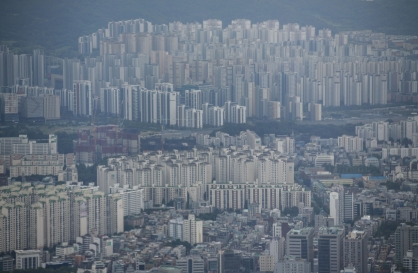
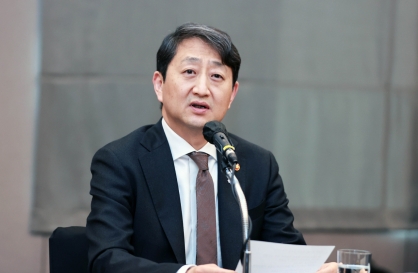
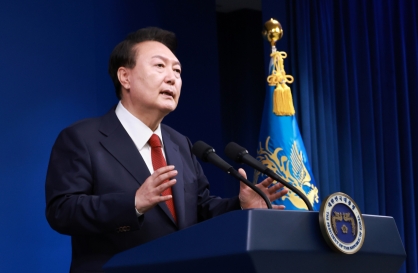
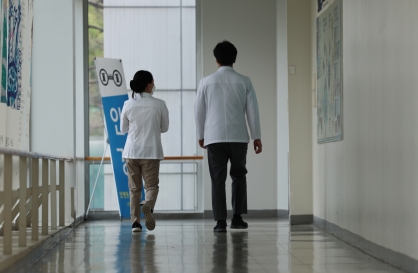
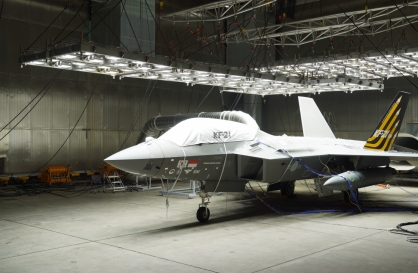

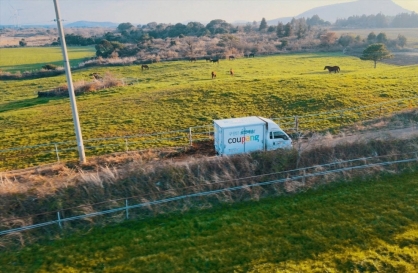
![[K-pop’s dilemma] Time, profit pressures work against originality](http://res.heraldm.com/phpwas/restmb_idxmake.php?idx=644&simg=/content/image/2024/05/08/20240508050705_0.jpg&u=20240508171126)
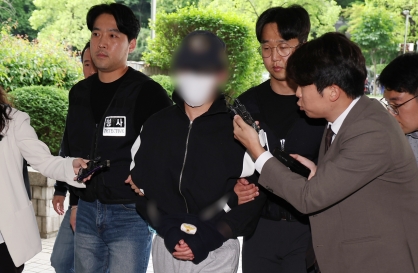
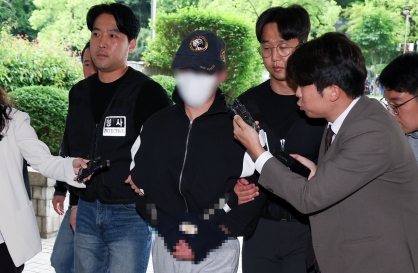



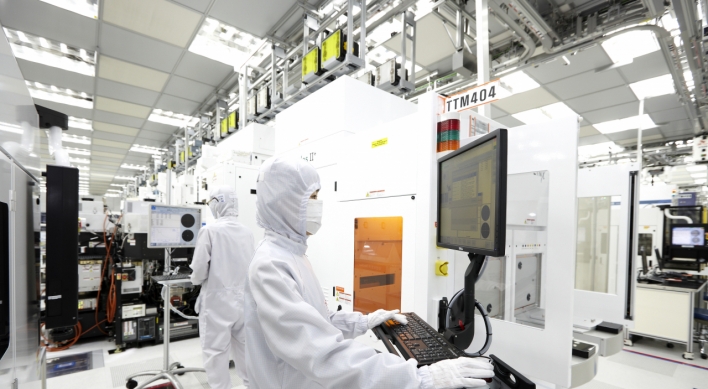
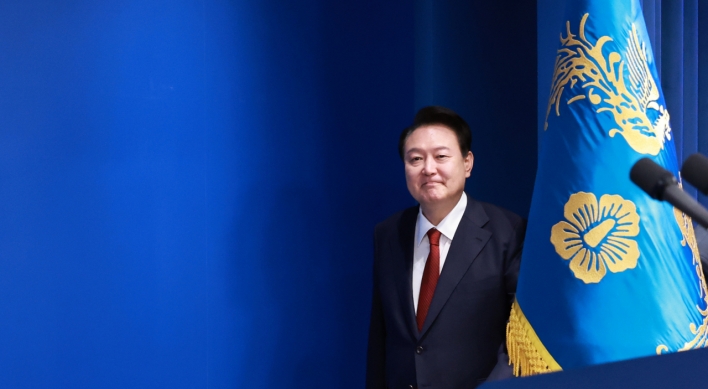
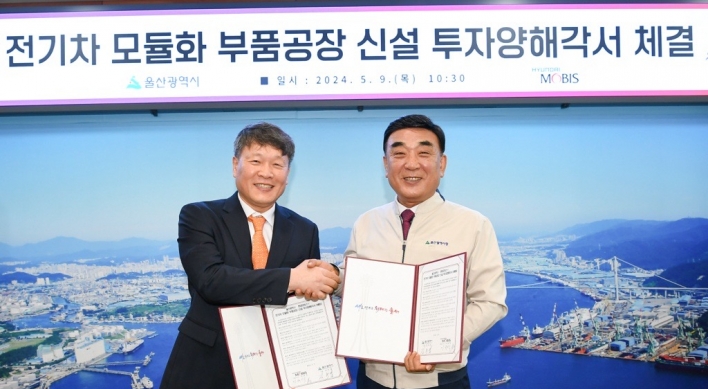
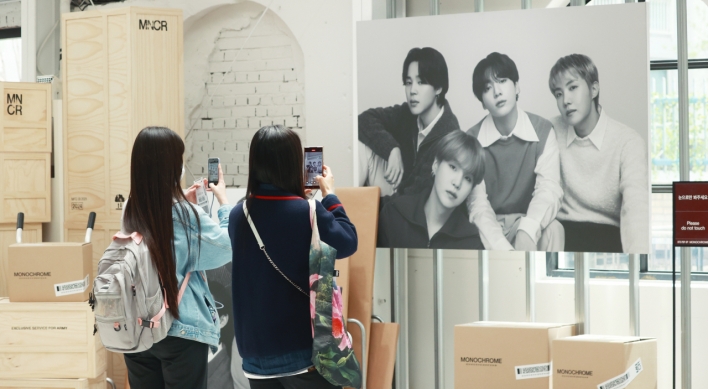
![[Today’s K-pop] Stray Kids to drop new album in July: report](http://res.heraldm.com/phpwas/restmb_idxmake.php?idx=642&simg=/content/image/2024/05/09/20240509050659_0.jpg&u=)